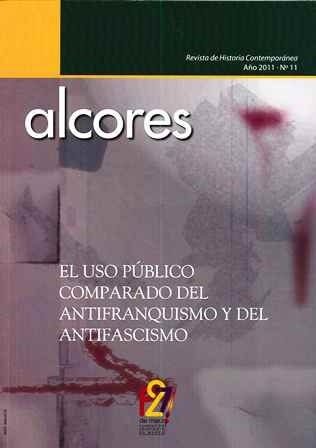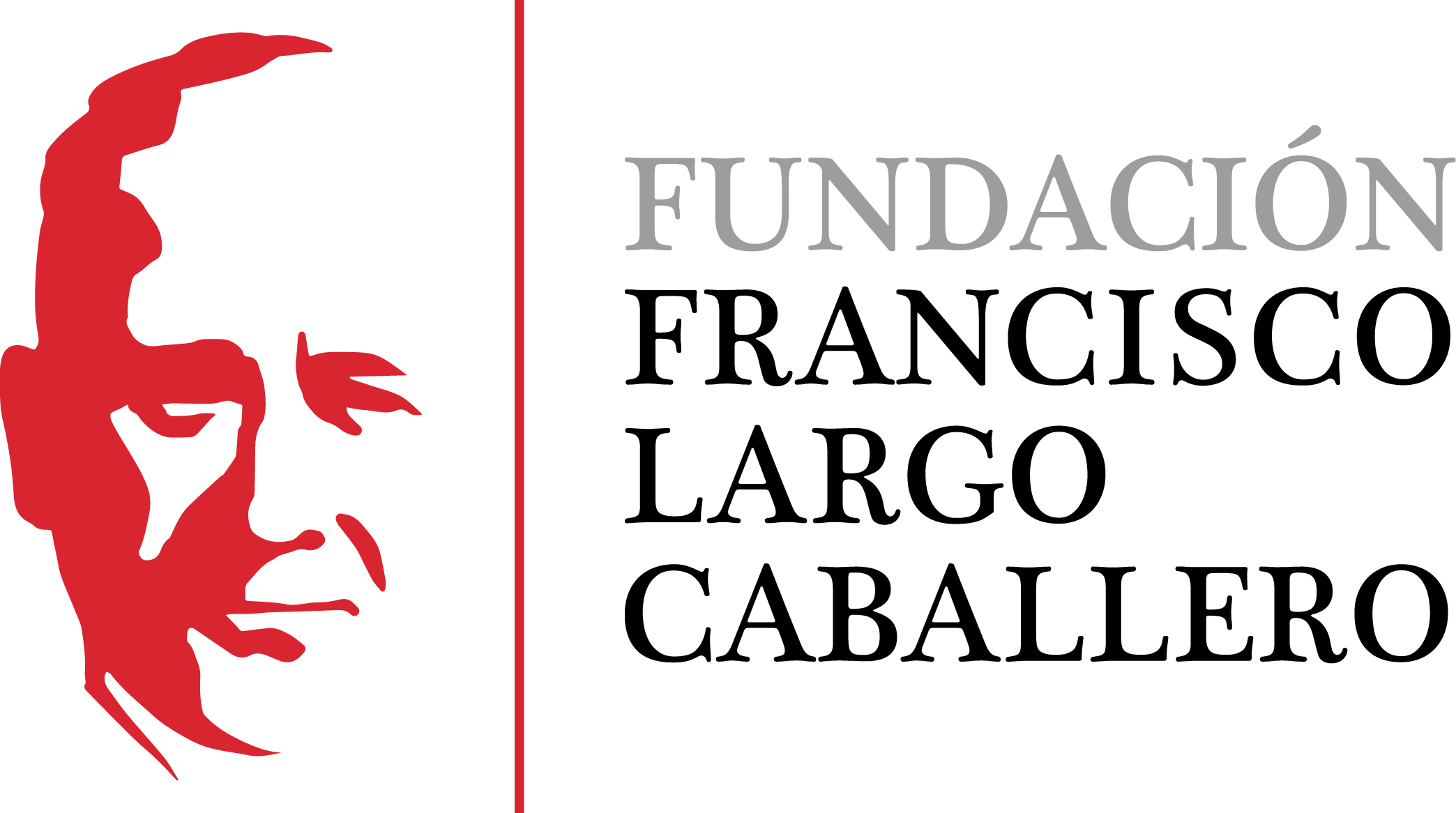Resistance and Resistance memory in Italy
DOI:
https://doi.org/10.69791/rahc.172Keywords:
Resistance, nazism, fascism, Italy, memoryAbstract
Resistance against Nazism and fascism (1943-1945) was a time of strong break in the History of Italy, because for the first time the Italians lived experience of mass disobedience against the state and because of that experience came the Italian Republic Constitution. However, resistance development was not equal throughout the national territory and equal participation. To understand the reasons, it is necessary to study a long period that addresses the experiences of the second half of the nineteenth century and the birth of the labor movement and citizens movement. The memory of fascism and the Resistance is not unanimously shared value in Italy. The diversity of historical experiences lived in all regions but not for the country represented the axis around which today can defend democratic values. To the People of Freedom and Silvio Berlusconi, for example, anti-fascism and the resistance are comparable to communism and therefore combat elements. So they propose the need to review periodically the Constitution, as it contains subversive elements that should be eliminated precisely because they are based on the experience of fascism and the Resistance.
Downloads
Global Statistics ℹ️
|
114
Views
|
47
Downloads
|
|
161
Total
|
|
Downloads
Published
How to Cite
Issue
Section
License
Copyright (c) 2012 Luciano Casali, Roberta Mira

This work is licensed under a Creative Commons Attribution 4.0 International License.
Alcores is an open-access journal. It provides unrestricted access to its content from the moment of publication. We respect intellectual property rights, and for this reason, the author retains the copyright. All content is distributed under a Creative Commons Attribution 4.0 International (CC BY 4.0) license. The terms of the license can be consulted at: https://creativecommons.org/licenses/by/4.0/
This license allows sharing (copying and redistributing the material in any medium or format) and adapting (remixing, transforming, and building upon the material for any purpose), provided that authorship and first publication in this journal are properly credited, a link to the license is included, and any changes made are indicated.
This type of license facilitates the freedom of reuse and ensures that the content of this journal can be used to meet research needs.





